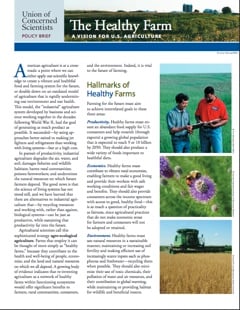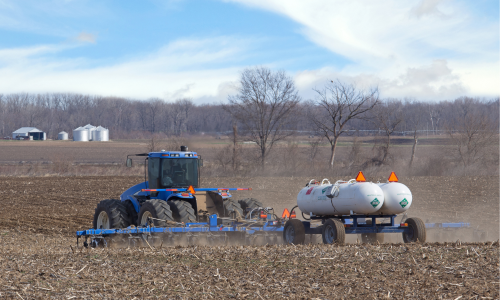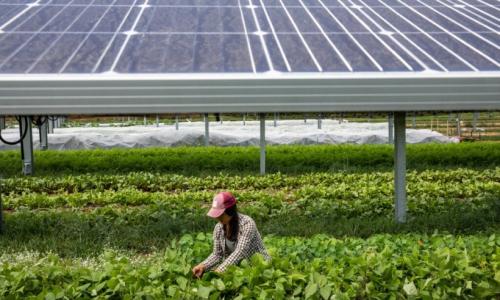U.S. agriculture is at a crossroads. The path we've been on, industrial food production, is a dead end. It damages air, water and soil, harms rural communities, and limits future productivity.
But there's a better way. Scientists call it agroecological farming. We call it healthy farms. Healthy farms can be just as productive as industrial farms, but they're better for the environment, the economy, and the people who grow (and eat) food.




